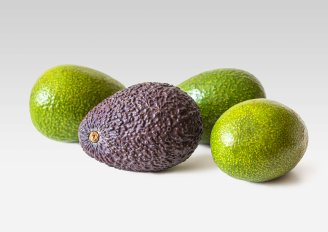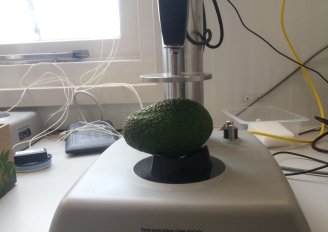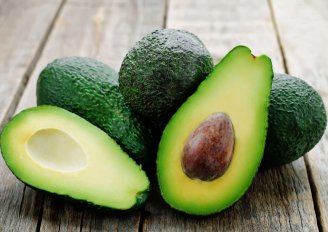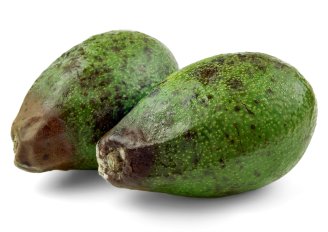
Avocado quality
Quality of avocado is defined by several quality attributes: the most important are appearance, colour, texture and flavour. Appearance and colour are examples of quality attributes judged on the outside , whereas texture and flavour are internal quality parameters. The quality attributes are influenced by variety, preharvest factors, harvest practices and postharvest handling. Determination of fruit quality provides an important indication of the remaining storage potential and shelf-life
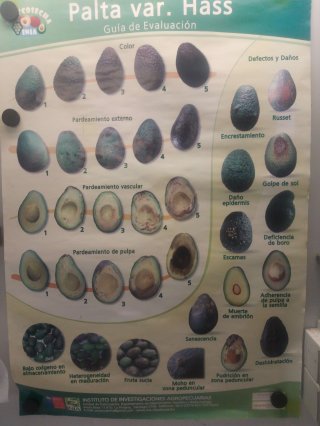
Maintaining quality avocados
Avocado quality at harvest generally consists of uniformity (grading on size), skin color, absence of wounds, blemishes, insect damage or spray residues. When ripe, absence of diseases and physiological or physical disorders are the main quality aspects. For consumers the texture and flavour are also important. When regarding sensory aspect, the oil content in avocados, which may be > 30% of fresh weight for some cultivars at a specific moment in the season, is a key aspect. Although the consumer preferences vary from region to region.
